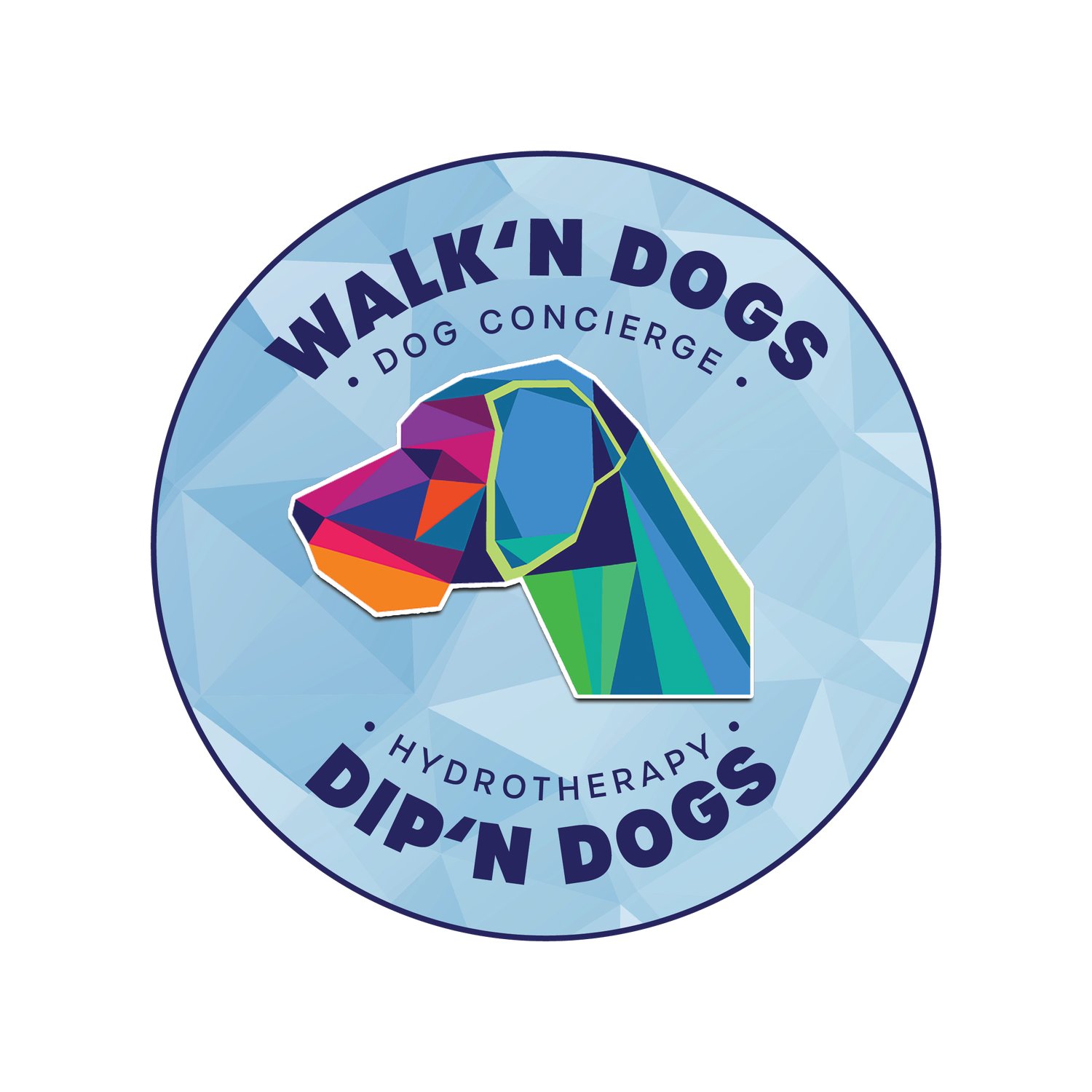Dogs with Vertebral Malformation (Wobbler Syndrome) & Hydrotherapy
Wobbler Syndrome, formally known as Cervical Spondylomyelopathy (CSM), is a challenging condition for dogs, characterized by compression of the spinal cord, leading to neurological deficits and mobility issues. While treatment options vary, hydrotherapy emerges as a promising avenue for alleviating symptoms and improving the quality of life for our furry companions. In this blog, we explore the benefits of hydrotherapy for dogs grappling with Vertebral Malformation, shedding light on its therapeutic potential and profound impact on their well-being.
Understanding Wobbler Syndrome
Wobbler Syndrome affects the cervical spine of large and giant breed dogs, causing instability, compression, and degeneration of vertebrae. This results in neurological symptoms such as weakness, wobbling gait, difficulty walking, and even paralysis. While the exact cause remains unclear, factors like genetics, conformational abnormalities, and nutritional imbalances are believed to contribute to its development.
The Role of Hydrotherapy
Hydrotherapy, a form of rehabilitative exercise performed in water, offers a safe and effective therapeutic modality for dogs with Wobbler Syndrome. The unique properties of water make it an ideal environment for rehabilitation:
Buoyancy: Buoyancy reduces the weight-bearing load on the dog's limbs, alleviating pressure on the spine and facilitating movement. This buoyant force allows dogs with Wobbler Syndrome to exercise in a low-impact environment, promoting mobility without exacerbating existing neurological deficits.
Resistance: Water provides resistance against movement, enhancing muscle strength and endurance. Hydrotherapy exercises engage muscles throughout the body, helping to improve overall strength and coordination, crucial for dogs with weakened or atrophied muscles due to spinal compression.
Supportive Environment: Hydrotherapy pools offer a supportive and controlled environment, minimizing the risk of injury or falls. Trained hydrotherapists can tailor exercises to each dog's needs, adjusting water depth, temperature, and intensity to maximize therapeutic benefits while ensuring safety and comfort.
Benefits of Hydrotherapy for Dogs with Wobbler Syndrome
Improved Mobility: Hydrotherapy exercises promote joint flexibility, range of motion, and proprioception, helping dogs regain confidence and stability in their movements. Water's buoyancy enables dogs to exercise with less strain on their weakened or unstable limbs, facilitating smoother and more controlled movements.
Muscle Strengthening: Hydrotherapy engages muscles throughout the body, including those supporting the spine and limbs. By targeting specific muscle groups, hydrotherapy helps rebuild strength, muscle mass, and endurance, aiding in the stabilization of the spine and enhancing overall mobility.
Pain Management: The warmth of the water soothes sore muscles and joints, providing relief from discomfort associated with Wobbler Syndrome. Hydrotherapy sessions promote relaxation and reduce inflammation, offering dogs a welcome respite from chronic pain and stiffness.
Neurological Rehabilitation: Hydrotherapy can play a crucial role in neurological rehabilitation, stimulating nerve pathways, and promoting neural plasticity. Through targeted exercises and gentle movements, hydrotherapy helps dogs relearn motor skills, improve coordination, and regain functional independence.
Incorporating Hydrotherapy into Treatment Plans: Hydrotherapy should be integrated into a comprehensive treatment plan for dogs with Wobbler Syndrome, alongside medical management, physical therapy, and supportive care. Veterinary supervision is essential to ensure hydrotherapy exercises are tailored to each dog's specific needs and limitations. Regular hydrotherapy sessions, combined with consistency and patience, can yield significant improvements in mobility, strength, and overall well-being.
Hydrotherapy offers dogs with Wobbler Syndrome a ray of hope amidst the challenges posed by this debilitating condition. By harnessing the therapeutic power of water, dogs can embark on a journey of healing, rehabilitation, and renewed vitality. As dedicated pet parents and compassionate caregivers, let us embrace hydrotherapy as a valuable tool in our efforts to enhance the lives of our beloved canine companions, one stroke at a time.
Remember, before starting any new treatment or exercise regimen for your dog, it's crucial to consult with a veterinarian or certified canine hydrotherapist to ensure it's safe and appropriate for their individual needs.

